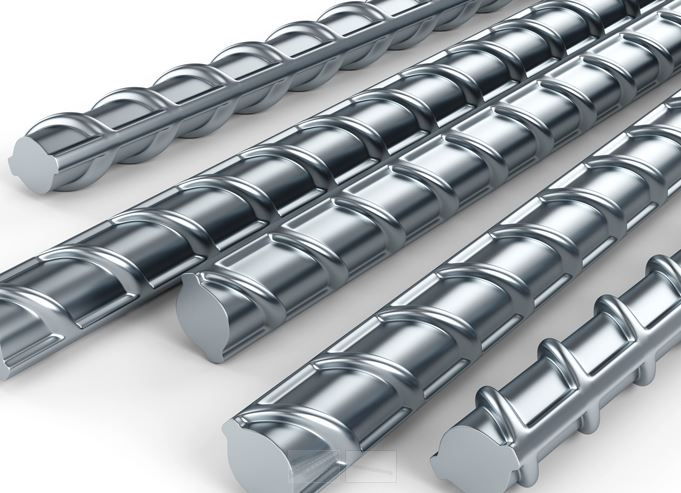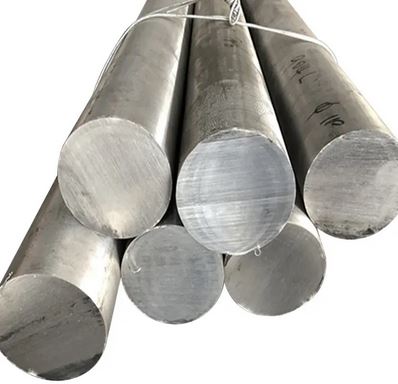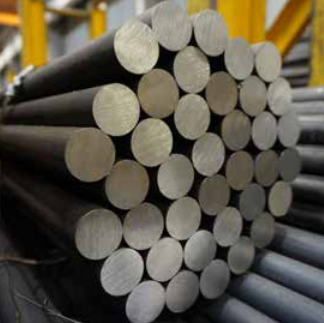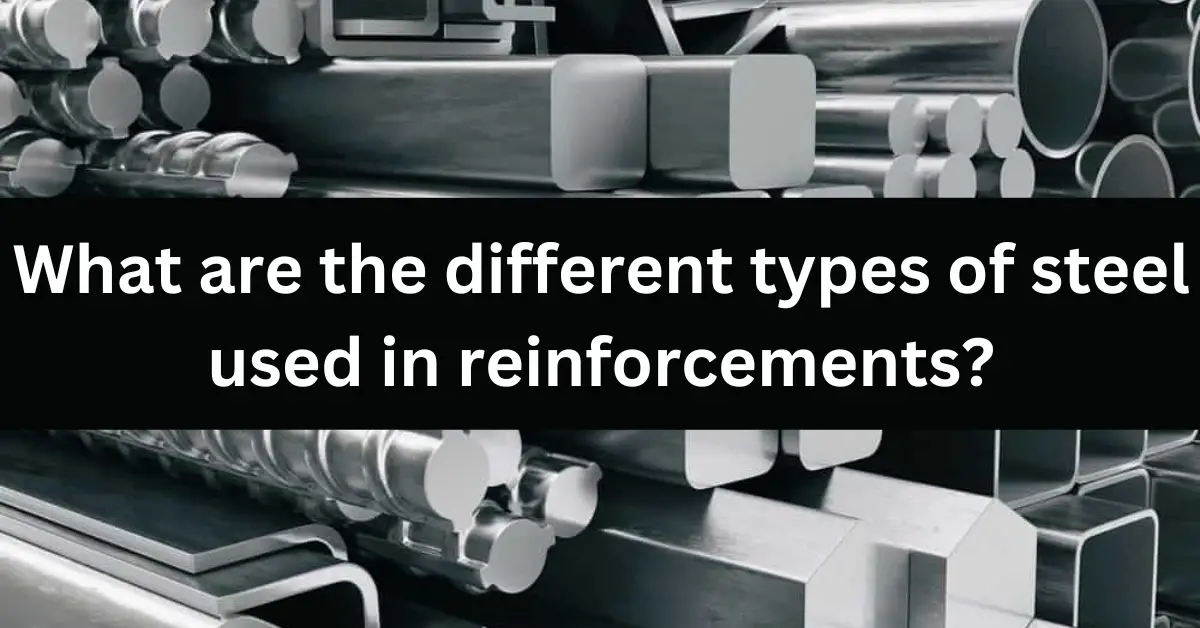Let’s learn about the different types of steel used in reinforcements.
Table of Contents
The most common types of steel used in reinforcement are:
- Carbon Steel: Carbon steel is the most common type of steel used in reinforcement. It is made of iron and carbon and is available in various grades, such as ASTM A615 and ASTM A706. It is used to provide tensile strength to the concrete structure.

- Stainless Steel: Stainless steel is a type of steel that is resistant to corrosion and is used in applications where durability is important. It is typically used in marine environments, chemical plants, and other applications where exposure to corrosive materials is likely.

- Weathering Steel: Weathering steel is a type of steel that is resistant to corrosion and is used in applications where exposure to the elements is likely. It is typically used in bridges, buildings, and other structures that are exposed to the elements.

- High-Strength Low-Alloy Steel (HSLA): HSLA steel is a type of steel that has a higher strength-to-weight ratio than carbon steel. It is used in applications where weight is a critical factor, such as in bridges and buildings.

- Micro-Alloyed Steel: Micro-alloyed steel is a type of steel that is strengthened by the addition of small amounts of elements such as niobium, vanadium, and titanium. It is used to provide high strength and ductility to the concrete structure.

All these types of steel have different properties and characteristics, and the choice of steel will depend on the specific requirements of the project and the structural design. Carbon steel is the most common due to its easy availability, relatively low cost, and good strength properties.
What is the difference between hot rolled and cold rolled steel?
Hot rolled steel and cold rolled steel are both used in the fabrication of steel products, but they have some key differences.
- Hot rolled steel is produced by heating steel above its recrystallization temperature and shaping it into the desired shape. The steel is then cooled at room temperature. This process makes the steel easier to work with, as it is more malleable and ductile. However, the steel may have a slightly rough surface finish and may have slight variations in dimensions.
- Cold rolled steel, on the other hand, is produced by further processing hot rolled steel. The steel is passed through rollers at a temperature below its recrystallization temperature to reduce its thickness and improve its surface finish. The steel is then annealed, which involves heating it to a high temperature and then slowly cooling it to improve its strength and toughness. The steel will have a smooth surface finish and precise dimensions as a result of cold rolling process.
The main difference between hot rolled and cold rolled steel is the way they are processed. Hot rolled steel is less precise in shape and size, but is generally cheaper and easier to work with. Cold rolled steel is more precise in shape and size, but is generally more expensive and harder to work with.
Hot rolled steel is typically used for construction applications such as reinforcement bars, while cold rolled steel is used for more precise applications such as in the production of sheet metal and wire.
Advantages and Disadvantages of hot rolled and cold rolled steel
Hot Rolled Steel
Advantages:
- Faster and less expensive production process compared to cold rolling.
- Has a rougher surface finish, which can be removed during further processing.
- Can be easily shaped and formed into various shapes and sizes.
- More economical for large quantities of steel.
Disadvantages:
- Has a scaled surface, which can lead to increased surface wear and corrosion.
- Not as precise in its dimensions and may have more variability in thickness, making it less suitable for certain applications where precise measurements are important.
Cold Rolled Steel
Advantages:
- Has a smoother surface finish, making it easier to paint, plate, or anodize.
- Has a tighter tolerance for thickness and width, making it more precise for certain applications.
- Has a better surface quality, making it less prone to wear and corrosion.
- Can be further processed to produce a high-strength, high-stiffness product.
Disadvantages:
- More expensive production process compared to hot rolling.
- Less economical for large quantities of steel.
- Can be more brittle and less ductile than hot rolled steel, making it less suitable for certain applications where formability is important.











